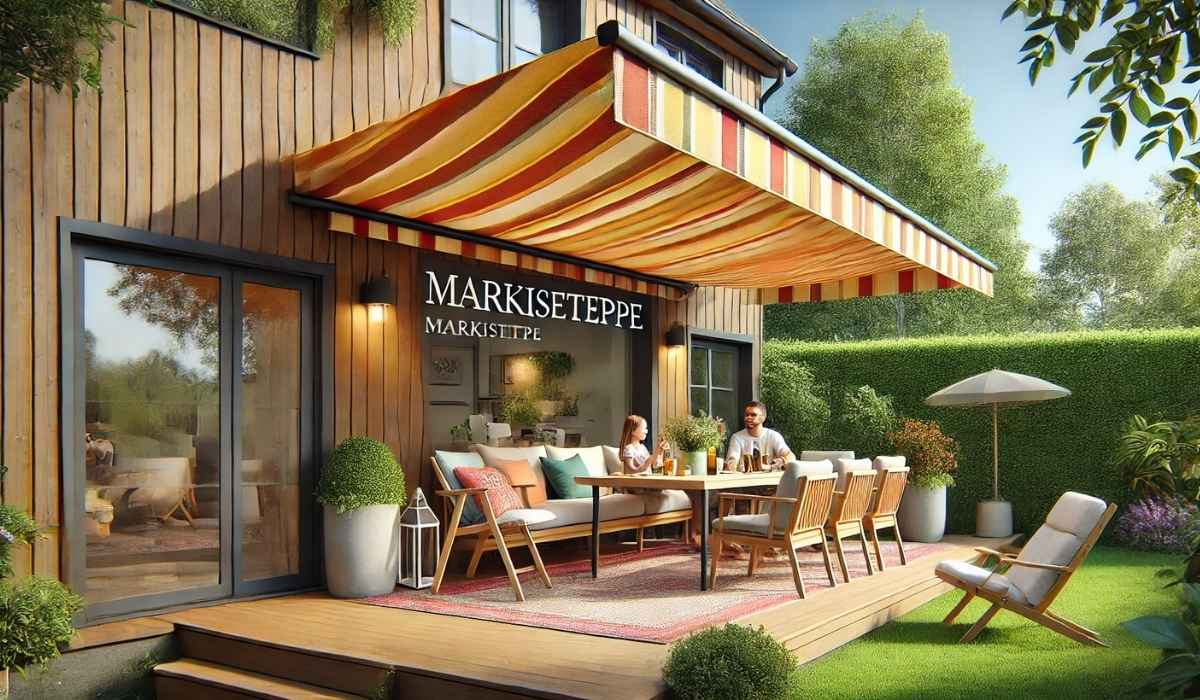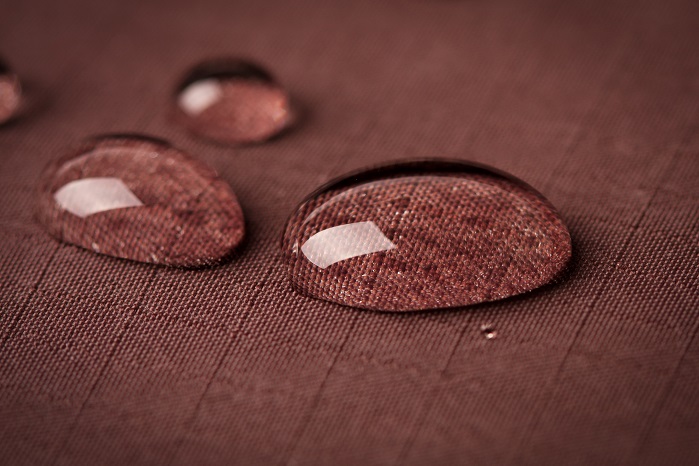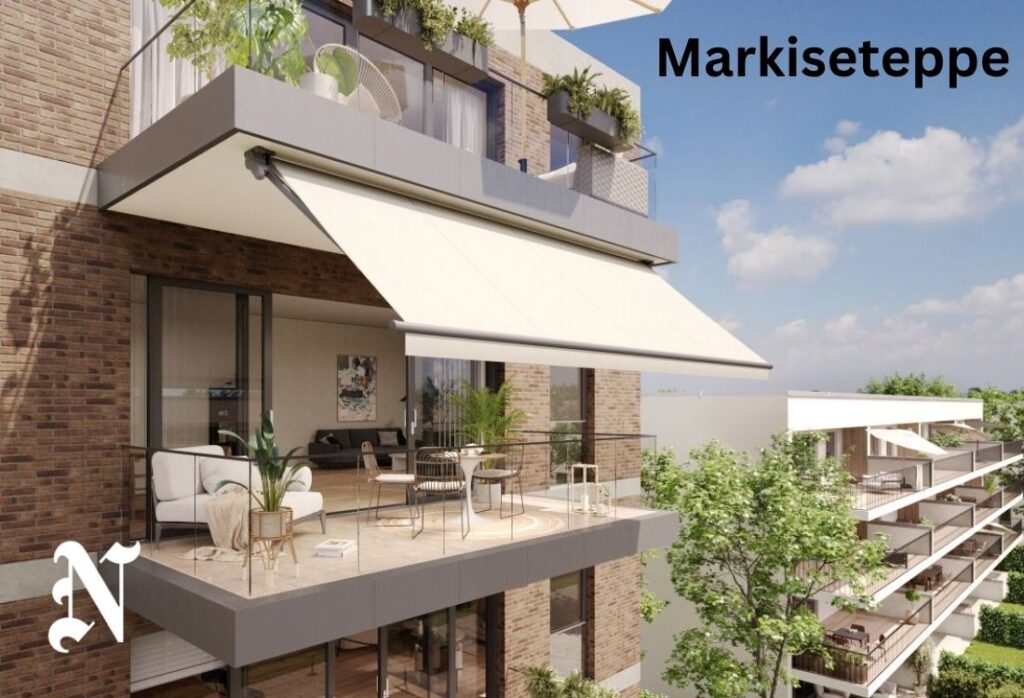A Markiseteppe is more than just an outdoor cover—it’s an essential feature for modern homes and businesses that value comfort, protection, and aesthetics. In Norwegian, “Markiseteppe” refers to a awning fabric or outdoor canopy fabric, often used for terraces, balconies, and shop fronts. These fabrics are designed to endure varying climates while maintaining color vibrancy and durability.
In recent years, advances in textile technology have transformed the quality and lifespan of Markiseteppe materials, making them more efficient and environmentally sustainable than ever before.
The Importance of Choosing the Right Markiseteppe
Selecting the right Markiseteppe is not simply about choosing a color or pattern—it’s about optimizing performance. The fabric you choose determines how well it can resist UV rays, moisture, mold, and wind. High-quality Markiseteppe materials can reduce heat inside buildings, lower cooling costs, and even protect furniture from fading due to sunlight exposure. Thus, it’s a small investment that yields long-term functional and aesthetic rewards.
Cotton Canvas: The Classic Markiseteppe Material
Cotton canvas was once the most common Markiseteppe fabric. It’s breathable, soft to the touch, and gives a traditional, natural look. However, untreated cotton absorbs moisture easily, making it less resistant to mildew and fading. Today, cotton canvas is often coated with wax or acrylic finishes to improve its weatherproof qualities. For those seeking a classic, organic texture in shaded patios or indoor extensions, cotton remains a timeless choice.
Acrylic Markiseteppe: The Durable All-Weather Favorite

Acrylic has become one of the most popular modern Markiseteppe materials due to its superior colorfastness and weather resistance. Unlike cotton, acrylic fibers are solution-dyed—meaning the color is embedded during the fiber creation process, not applied afterward. This ensures vibrant hues that resist fading even after prolonged UV exposure. Additionally, acrylic fabrics repel water effectively, preventing mildew and ensuring longevity in coastal or humid environments.
Polyester: Affordable and Versatile
Polyester Markiseteppe offers a balance between cost-effectiveness and durability. It’s lightweight and easy to handle during installation. Polyester fabrics are often treated with polyurethane or PVC coatings to enhance water resistance. The newest innovation in polyester Markiseteppe includes nano-coating technologies that improve UV protection and self-cleaning properties. This makes it a suitable option for both residential and commercial use.
PVC-Coated Fabrics: Heavy-Duty Weather Protection
For industrial or high-exposure environments, PVC-coated Markiseteppe is the go-to option. These fabrics are made by coating polyester or fiberglass with layers of polyvinyl chloride, resulting in an extremely tough, waterproof, and fire-retardant material. This makes them ideal for cafés, commercial awnings, and outdoor event shelters. PVC coatings also make cleaning easier since dirt and bird droppings can be wiped off effortlessly.
Polyolefin and Olefin Blends: The Eco-Friendly Markiseteppe
Olefin-based Markiseteppe materials are gaining popularity as sustainable alternatives. Derived from recycled plastics, olefin fibers are resistant to stains, moisture, and chemical damage. They dry quickly and require minimal maintenance. What’s remarkable is their low environmental footprint—they consume less water and energy during production compared to synthetic fibers like polyester. For eco-conscious homeowners, olefin offers both performance and sustainability.
Nano-Treated and Smart Fabrics: The Future of Markiseteppe

Recent breakthroughs have introduced smart Markiseteppe materials that adapt to environmental changes. Nano-coatings enhance self-cleaning abilities, while temperature-sensitive fibers adjust opacity based on sunlight intensity. These fabrics not only maintain indoor comfort but also help regulate natural lighting. Some premium models even include embedded solar-collecting threads that can charge low-voltage outdoor lighting systems—merging sustainability with innovation.
Water Resistance and UV Protection Explained
The true quality of a Markiseteppe lies in its ability to withstand the forces of nature. Water-repellent coatings prevent absorption while allowing vapor to escape, avoiding condensation build-up. UV-protected fibers, on the other hand, prevent harmful ultraviolet radiation from penetrating through the fabric. This reduces heat inside the building and shields skin from excessive sun exposure, enhancing outdoor comfort while promoting health and safety.
Aesthetic Variety and Customization Options
Modern Markiseteppe fabrics are not just functional—they’re fashionable. With digital dyeing and weaving technology, homeowners can choose from hundreds of patterns, gradients, and textures. Custom options can be tailored to complement architecture styles—Scandinavian minimalism, Mediterranean vibrancy, or urban industrial. These aesthetic upgrades can significantly enhance curb appeal and even increase property value.
Maintenance and Cleaning of Markiseteppe
To maximize the life span of a Markiseteppe, regular care is crucial. Light brushing with a soft bristle brush can remove dust and pollen. For deeper cleaning, mild soap solutions (never harsh detergents) should be used. Rinsing thoroughly and allowing the fabric to air-dry ensures that coatings remain intact. Newer self-cleaning coatings, featuring titanium dioxide particles, can even use sunlight to break down organic dirt automatically.
Energy Efficiency and Environmental Impact
A lesser-known benefit of Markiseteppe is its contribution to energy efficiency. By reducing solar heat gain, awning fabrics can cut indoor cooling needs by up to 25%. This not only lowers energy bills but also minimizes carbon emissions. When combined with eco-friendly materials like olefin or recycled polyester, systems become a valuable part of sustainable architecture and green building design.
New Research Technological Developments
Recent discoveries in fabric engineering have brought hybrid Markiseteppe that combine multiple fibers for optimized performance. Researchers are now experimenting with biodegradable coatings and algae-based polymers to create non-toxic waterproof layers. Additionally, digital weaving allows for sensor-embedded fibers that can monitor tension and weather stress, signaling maintenance alerts before visible wear occurs. These advancements point toward a future where is both intelligent and self-sustaining.
Conclusion
Whether you’re looking to improve energy efficiency, enhance outdoor aesthetics, or simply add shade and comfort, the right Markiseteppe material makes all the difference. From traditional cotton canvas to cutting-edge smart fabrics, today’s market offers options that suit every climate, design, and budget. By understanding the unique benefits of each material, homeowners and businesses can make informed decisions that combine style, sustainability, and long-term value.


